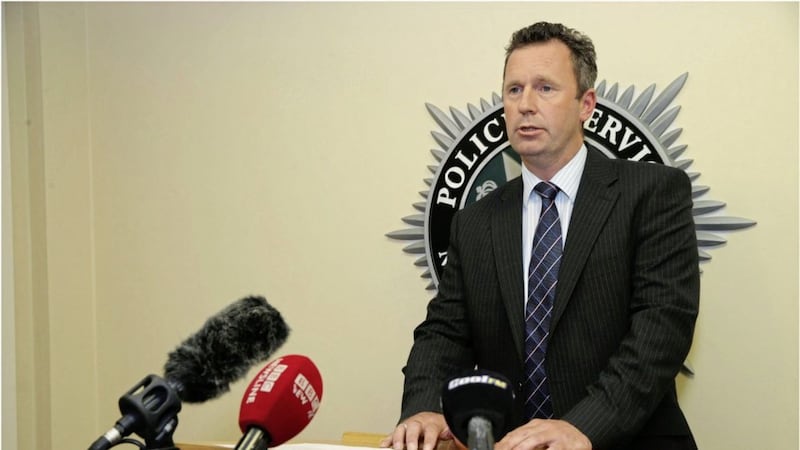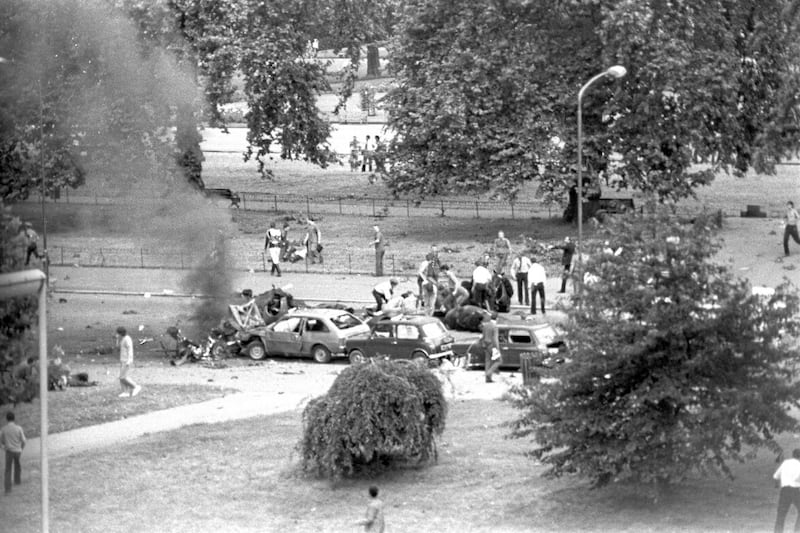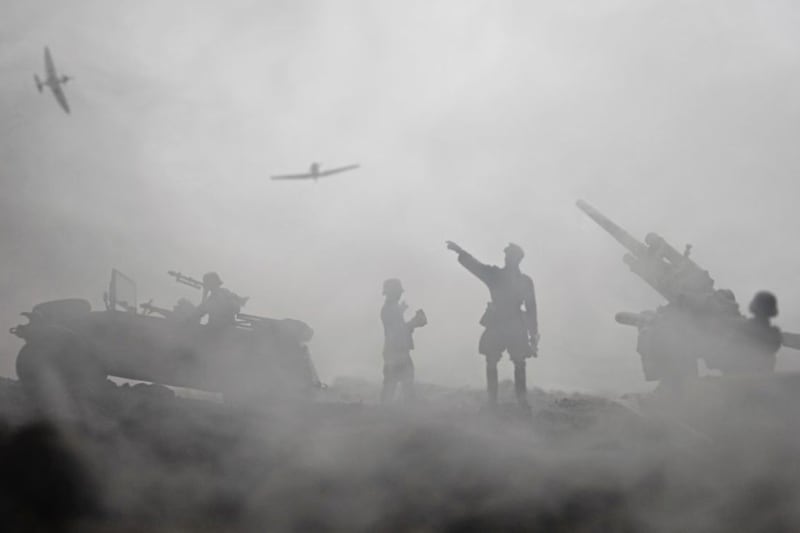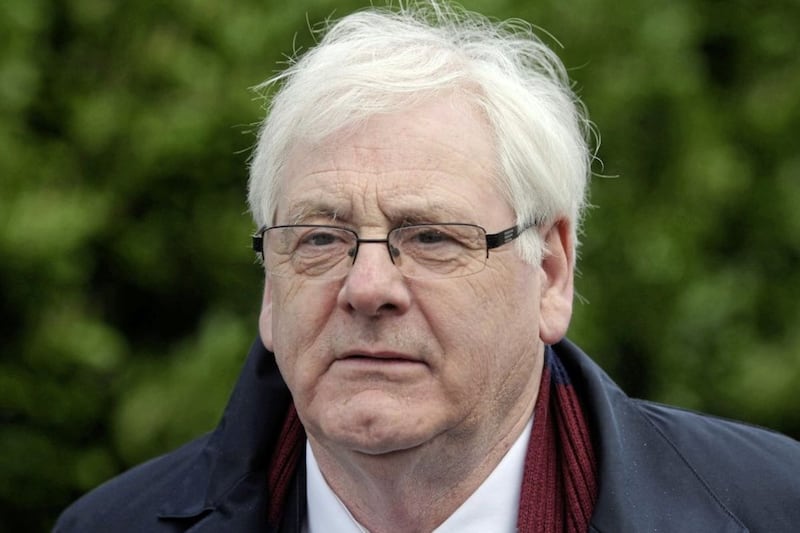A dissident republican group has acquired 'high explosives' used in an attempt to kill a police officer in Derry, the PSNI has said.
The 'New IRA' also employed a crude but effective pressure plate detonation for the device left under the car of an off-duty officer in February this year.
The same bomb-maker is believed to have first used the technique in a bomb attempt in October 2014 when police were lured to a property with a hoax 999 call.
In that case the pressure plate was placed under a doormat at the back gate of the house in the Ballyarnett area of Derry.
The plate, which was recovered, was attached to a pipe bomb-style device and intended to detonate when the officer stood on it.
Detective Superintendent John McVea said it is "a crude method of detonation, not sophisticated, but a very effective means of detonation".
It represents a move away from the mercury tilt switch type devices often used during the Troubles by the Provisional IRA and in more recent years by dissident groups.
The under-car device in Derry did not detonate when it was intended and lay in the driveway of the police officer's home for several hours before being discovered.
It later exploded while army technical officers were attempting to defuse it.
Police refused to comment further on what kind of explosives the dissidents had acquired, with speculation that they may have a quantity of military grade Composition C, otherwise known as C-4
The senior detective said the new device had been developed because of the difficulty of attaching booby-trap bombs to the underside of modern cars.
"That was historically done using magnets but modern cars are made using more plastic," Mr McVea said.
"It is concerning that they have access to high explosives and have the skills to develop their own home-made method of detonation by way of the pressure plate design."
Police also appealed for information about a light coloured car, understood to be a Toyota Avensis, which was in the area of Ardanlee at 11pm on Tuesday February 21.
"We have been unable to identify the driver or occupants and I would ask the owner of a car, in the CCTV image to come forward to police or indeed anyone who can provide information about it," Mr McVea said.








